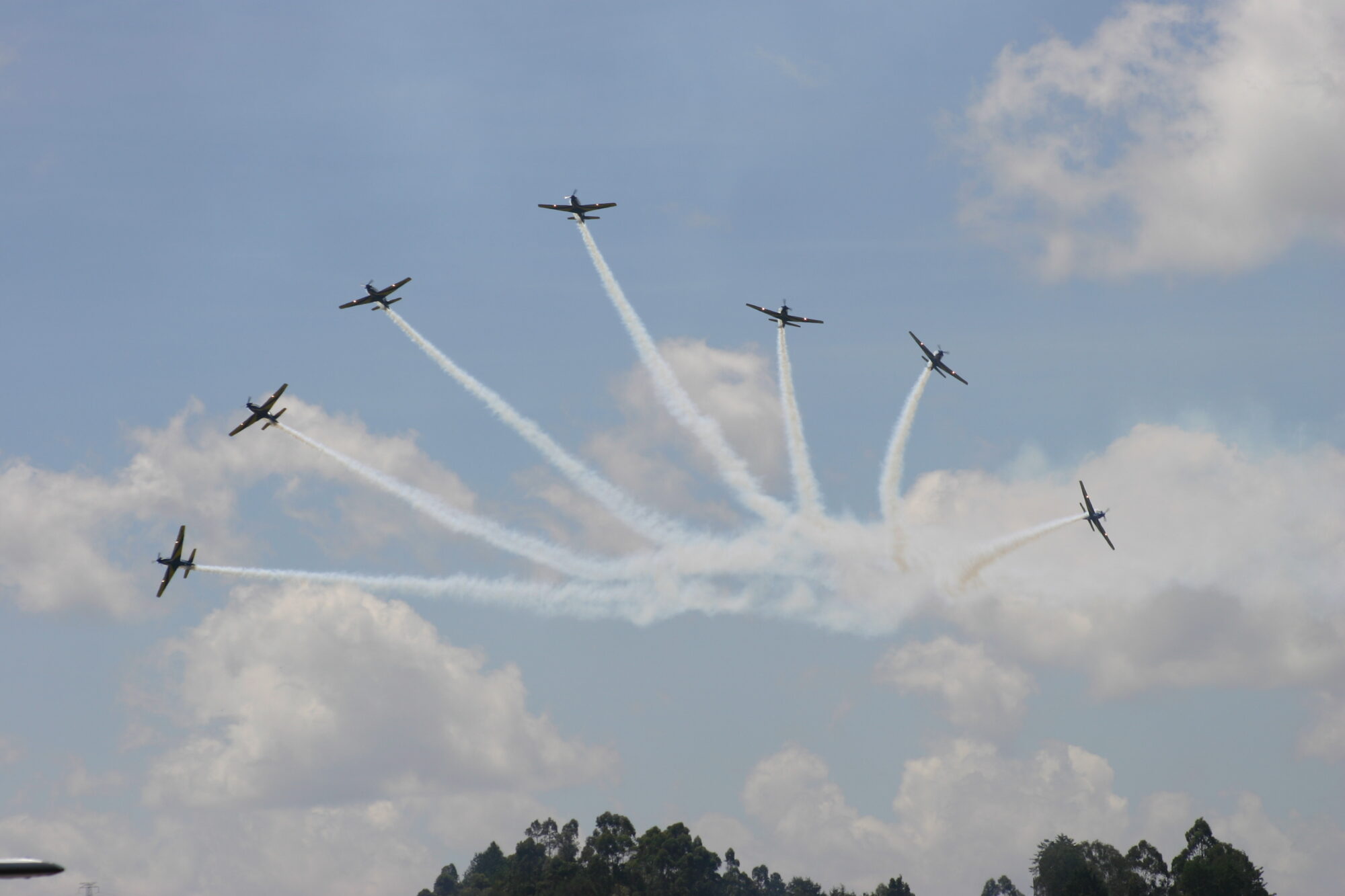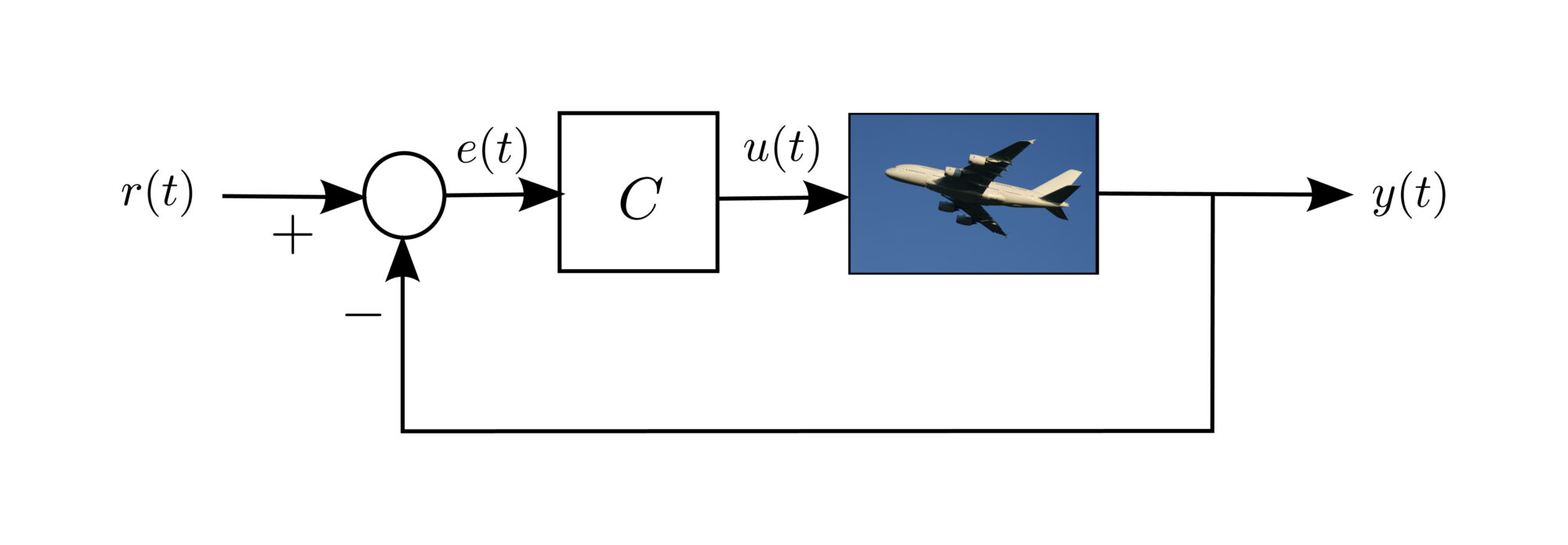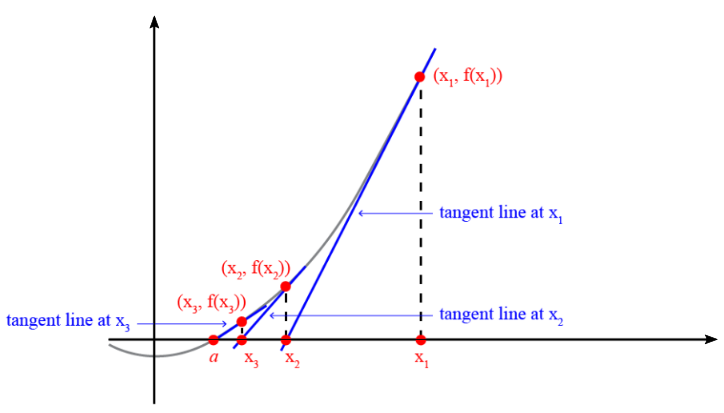Flight Dynamics

The Flight Dynamics course explores the dynamic behavior of aircraft during flight. Students create a mathematical model to comprehend how an aircraft moves during different maneuvers by applying fundamental dynamics, aerodynamics, and propulsion concepts. This course provides students with the necessary tools to simulate the flight of a fixed-wing aircraft and analyze its static and dynamic characteristics. The focus is on understanding and manipulating the mathematical model, emphasizing concepts such as static and dynamic stability and the control capabilities of fixed-wing aircraft. Throughout the course, students will use computational tools to assist their analyses.
Automatic Flight Control

The Automatic Flight Control course introduces the basic principles of control theory as they apply to aircraft flight control. Students will understand how autopilot and stability augmentation systems operate in aircraft and how to analyze and design them. The course covers the fundamentals of linear time-invariant continuous-time systems and various analysis tools in the time and frequency domains. These foundational concepts are then applied to control systems in general and aircraft flight control in particular.
Numerical Methods

The Numerical Methods course introduces fundamental concepts related to various methods for computationally solving mathematical problems commonly encountered in engineering applications. The emphasis is on implementing numerical methods using the Matlab language.